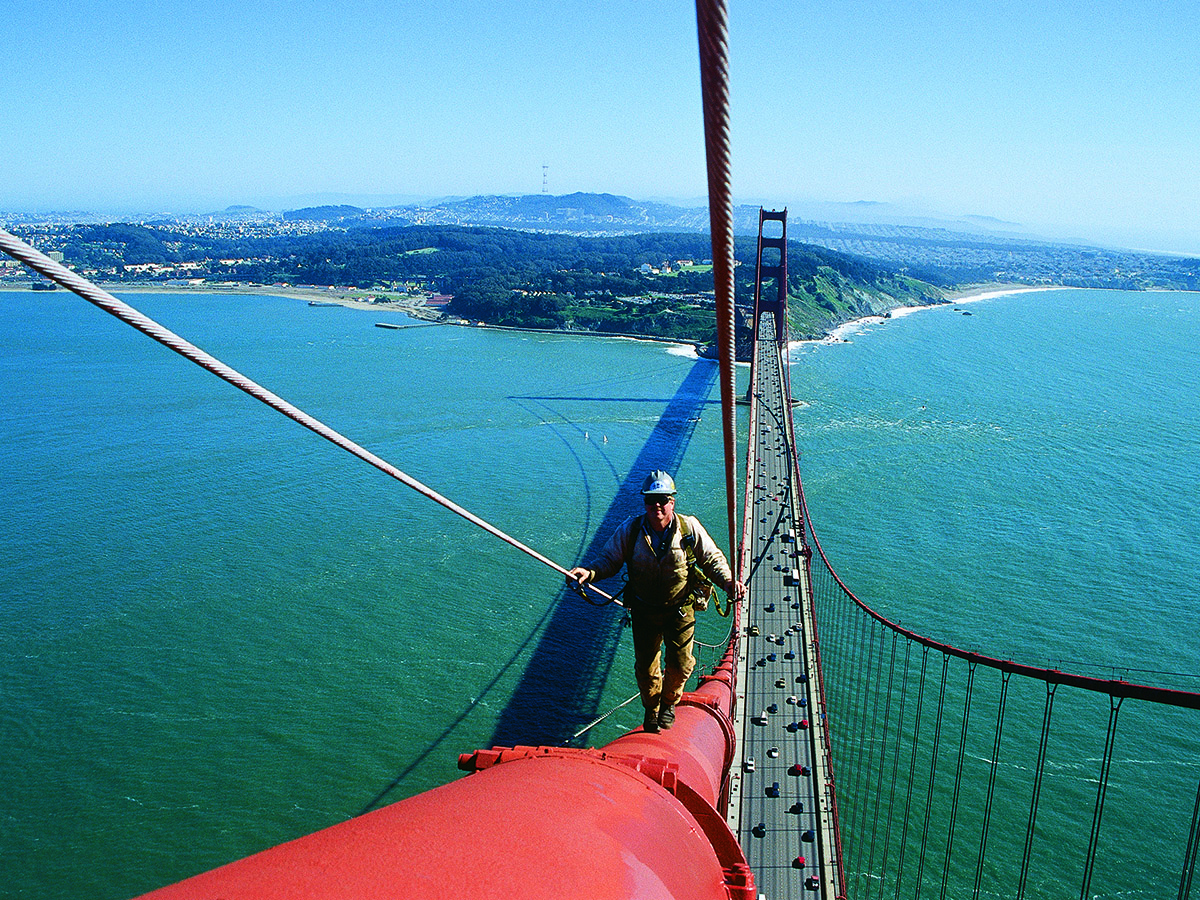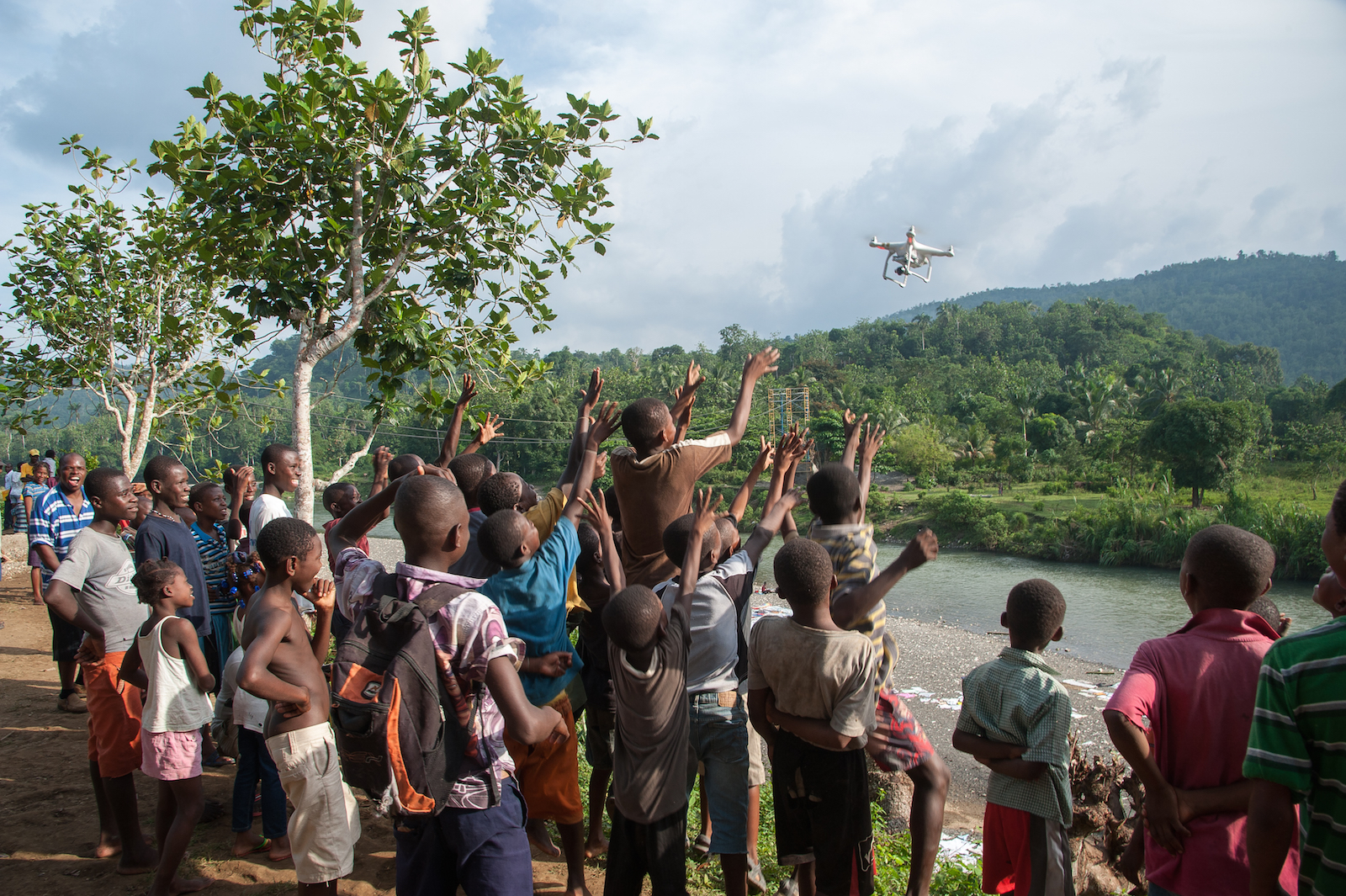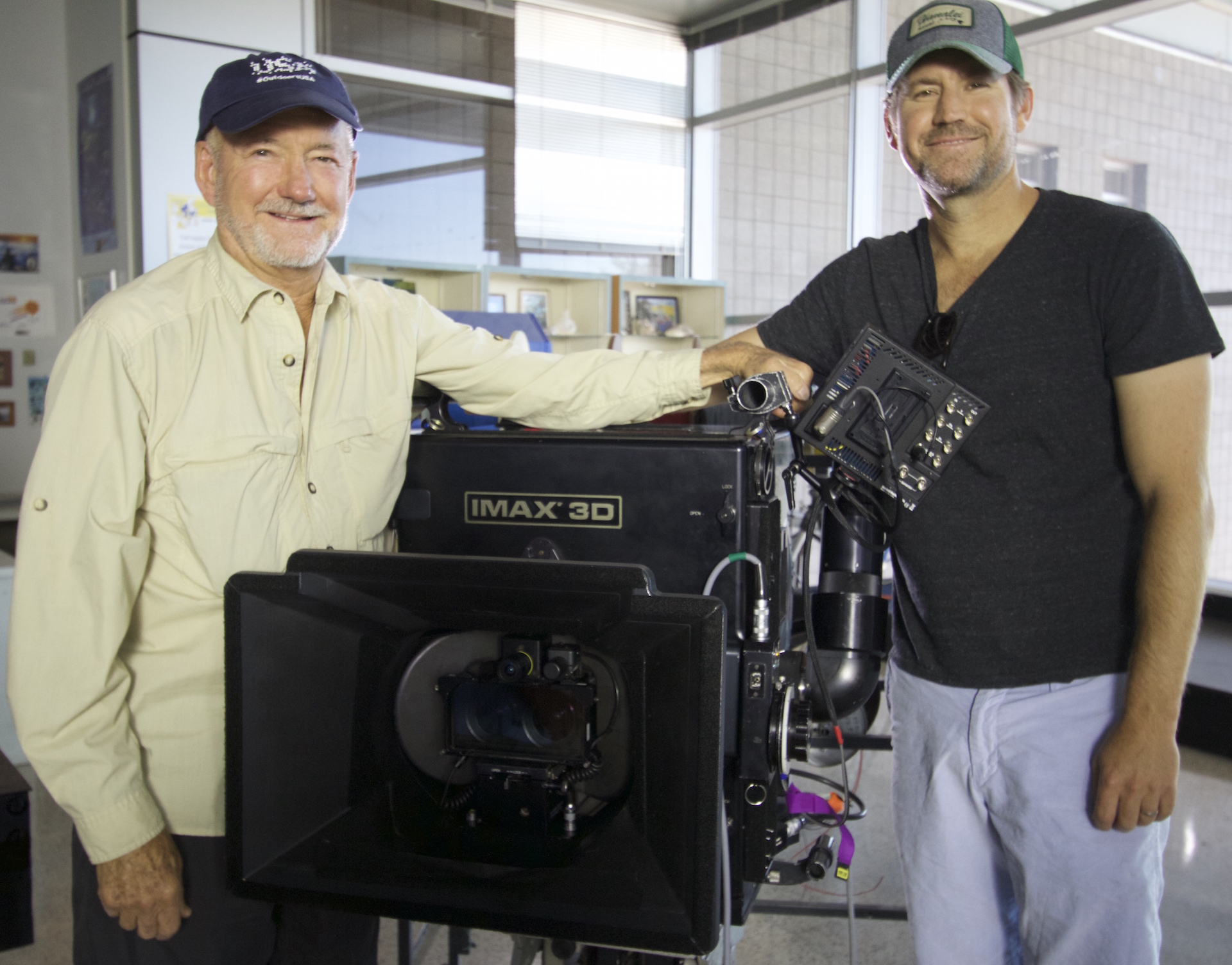Director Greg MacGillivray and MacGillivray Freeman Films have taken IMAX® cameras to some of the most inaccessible places on earth–from the deepest depths of the wild blue ocean to the celestial heights of Mt. Everest. The cameras, themselves masterworks of electrical engineering, have forged their own visual language that drops moviegoers directly into the moment in a way ordinary, two-dimensional cinema never can. But this project presented some big questions for MFF right off the bat.
Brad Ohlund, Dream Big’s director of photography, sums them up: “Could we take such a complex, mathematical subject and convert it into the kinds of heart-pounding images and moving stories IMAX® audiences love to see? Of course, buildings, bridges, tunnels and futuristic trains all have visual grandeur, but they also take a long time to build, so we had to figure out how to shoot them in the most exciting ways at the most intriguing moments. We used everything from time-lapse photography to drones, and as it turned out, we were able to really make the subject come to life.”


Drones are a big new force in engineering surveying–and also in filmmaking–and were essential to giving a bird’s-eye view on engineering projects throughout Dream Big. Says Greg MacGillivray: “We used a lot of drone photography, especially in China and San Francisco. The drone is becoming such a useful tool for us because it can go safely into areas where flying a helicopter might be too dangerous. Also, a drone’s versatility allows the audience to see something like a skyscraper or the vista of a bridge from fresh angles that can give them a new experience of things.”
Aerial photography master Ron Goodman, known for the design of his geo-stabilized SpaceCam which has become the standard for aerial photography in motion pictures, was also key to many of the film’s most stirring shots. “Ron always brings us the most incredible aerial images which no matter how daring are always absolutely rock-steady and smooth. There is no better way of getting an awe-inspiring view of the outside of a beautiful skyscraper or intricate bridge than these aerial shots,” says Greg.

Times are changing even in the world of IMAX® and while Greg and Brad acknowledge that Old School celluloid is rapidly being replaced by digital tools, they still use about a 60-40 ratio of film to digital–largely because IMAX® cameras running on traditional film can’t yet be beat for stunning resolution. At the same time, they are moving forward. “As the digital revolution continues, we’re edging further and further into more digital tools,” says Greg. “It’s a learning process for us to apply it to what we do, but right now it means taking twice as many cameras into a production! An IMAX® camera is still the only way to get those wide shots that give you that you-are-there feeling.”
“For this film we used a lot of the giant Solido 3D IMAX® camera,” Greg continues, referring to the double-lensed workhorse that weighs over 300 pounds when fully loaded with film. “I believe it’s still the highest-quality IMAX® camera ever built and the clarity is simply unmatched.”
The editing process for Dream Big also held its own problem-solving challenges for the MFF team. Long-time MFF Editor Stephen Judson joined with Mark Fletcher and Jason “JP” Paul in the editing room for a unique experience. “This film involves some very complex ideas and stories so the huge challenge was to get to the essence of things simply, efficiently but in ways that really resonate,” says Judson. “It was a very delicate balance because we wanted to create a kaleidoscopic overview of the creativity of engineering–but at the same time, narrow in on sequences that are full of feeling and substance. That’s not easy to do in giant screen filmmaking. Greg has such an incredible eye for getting the images that work on the giant screen so we had a lot of work with–but it was about finding the right rhythms and balance. Of course we love to do things that are departures because we learn so much.”



